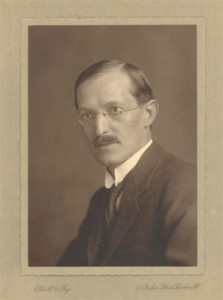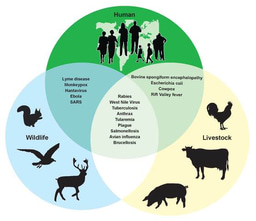Our November issue is now live and I thought I’d offer you a teaser from the guest Thesis article this month. It was penned by Patrick Goymer, who is a Senior Editor at Nature. The full article requires a subscription to the journal and can be found here, but here’s a taste to whet your appetite…
———————
Courtesy of the Moore family
Here’s a quick layperson’s quiz on the history of chemistry (I am, after all, a biologist from the decidedly furry and feathery end of the subject): Who discovered oxygen? The electron? Radium? The neutron? The hydrogen bond? The structure of DNA? I expect many of us wouldn’t have too much trouble coming up with J. J. Thomson (electron), the Curies (radium), Chadwick (neutron), and Watson and Crick, with perhaps an aside about Franklin and Wilkins (DNA). Some might give different answers about oxygen, but well done if Priestley, Scheele or Lavoisier popped into your head. But what about the hydrogen bond?
Surely it must be something to do with Linus Pauling — that sounds like a pretty good bet? Well, Pauling did of course synthesize our knowledge of chemical bonding, but when discussing the history of hydrogen bonding in his famous book The Nature of the Chemical Bond he points to a somewhat unremarkable-sounding study published in the Journal of the Chemical Society in 1912. This year marks the centenary of that paper — ‘The state of amines in aqueous solution’ — which was written by T. S. Moore and T. F. Winmill.
Before going any further, I should explain my interest in all of this. It would be disingenuous to explain it, at least entirely, in terms of the vast importance of hydrogen bonds for my own discipline, as the structural basis for heredity (nucleic acids) and biological function (proteins). Instead it is rather more personal: a few years ago I was lucky enough to marry T. S. Moore’s great-granddaughter.
So, who were Moore (pictured) and Winmill, and why do we not hear much about them? Tom Sidney Moore — the third son of a brass finisher — was born in London in 1881, not far from the present offices of Nature Publishing Group…






Please sign in or register for FREE
If you are a registered user on Research Communities by Springer Nature, please sign in